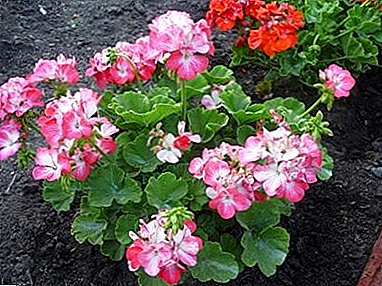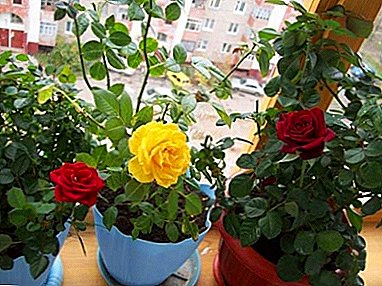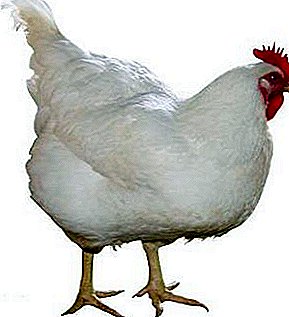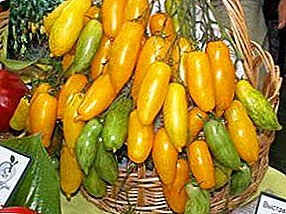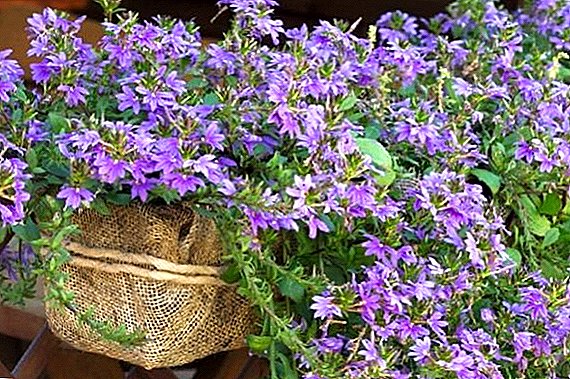 If you do not know what else to supplement the flower arrangement in your garden - try to grow a flower garden. This is a large densely flowering shrub with purple medium-sized flowers. It will fit into any corner and will decorate the territory with flowering during the whole warm season. On the features of care for the bushes talk further.
If you do not know what else to supplement the flower arrangement in your garden - try to grow a flower garden. This is a large densely flowering shrub with purple medium-sized flowers. It will fit into any corner and will decorate the territory with flowering during the whole warm season. On the features of care for the bushes talk further.
Description
Scevola, or Skewol, belongs to the family of buzzes. To us the plant came from Australia and the Pacific Islands. In total, there are about a hundred varieties of this shrub. Most of them love sandy soil closer to the sea coast. Just a couple of species can be seen on amateur gardeners lawns.
The sizes of bushes are from 40 to 70 cm. They consist of a set of thin stalks. It is a perennial with small, up to 3 cm in diameter, flowers and large fleshy leaves. After flowering on the bush fruits appear - small and white berries.
Blue and lilac color of the buds are most common, there are also white, purple, crimson variants. The plant is thermophilic, many species live more than one year in a warm climate.
Gallery


Planting and care
Unpretentious in the care of the plant still requires attention to itself - with proper planting and watering the bush will run amok in bloom.
Lighting
Direct sunshine will not harm the baseball, on the contrary, under them it will be better to take root in your area. It is not recommended to plant the plant in shaded areas, it is possible to plant in a diffuse shadow.
Perennial plants such as hionodox, trillium, hibiscus, garden geranium, forest forget-me-not, carpentery, agapanthus, small brilliance, penstemon, orebeckia, lupine, crested insect, nemesia, licoris, astrantia, cosme, liver, army and gazania are also beautifully decorated. fill it with bright colors.
Temperature
The plant loves heat, but the temperature below +12 ° C can be harmful for it. In open ground, it feels good at temperatures from +20 to +25 ° C. Draft does not like. 
Important! If you want to keep the bush until next year, or leave the material for grafting, then in the middle of autumn it is better to transplant it into a pot and send it to a room with a temperature of +14 ° C for wintering.
The soil
The main condition for the soil - it must be fertile and loose, the water should not stagnate in it. For wintering in pots suitable universal soil, which includes perlite.
Watering
Better less than more - "flooded" bush rot. Water should be defended and soft water. The main thing is to prevent the soil from drying out; it is enough to moisten the soil a little every few days. Arid weather provides for more frequent watering of the bush.
Humidity
Should be moderate - not higher than 85%, but not lower than 40%. Spraying water is not worth it - under the scorching sun it will lead to burnout of the foliage. 
Top dressing
Fertilizers should be applied to the soil at least once a week. Nutrients for flowering plants will do - in the stores you can buy ready-made mixtures for feeding.
Pruning
To the bush was formed and had a uniform shape, the tops of the plants pinch. You also need to remove all faded flowers and dry twigs.
Transfer
It is better not to replant the young plant, especially since the Stsevola is well acclimatized in one place and does not require a transplant. If you decide to do this, it is better to replant in cloudy weather in a moist and loamy soil, in which drainage has already been prepared.
Breeding
In early spring, you can start breeding stsevoly. It is better to do this by cutting, which is much more efficient. To do this, you can take last year's, transplanted for the winter in the pot bush. 
Cuttings
For this method of reproduction, we need a stalk, on which there are at least two pairs of leaves - this will be our cutting. Size not less than 6 cm.
How to propagate:
- With a sharp knife, slant the cuttings below the beginning of the growth of leaves by at least 0.5 cm, scissors just pick up the place of separation.
- If during cutting the stalk began to secrete juice, soak its tip in a glass of water for a couple of hours.
- Lower the tip of the spine in "Kornevin" - a hormonal drug to accelerate growth.
- Place the stem in the prepared moist substrate - it is better if it is in a plastic cup, this will allow you to monitor the growth of the roots.
- Put the glass with the spine in a bright and warm place - from +15 to +20 ° С.
- It is necessary to transplant into open ground no earlier than increasing the size of the cutting 2 times. Stsevola will grow to the size of an average bush until next year.
Cuttings are also propagated by plants such as streptocarpus, girlish grapes, clematis, chrysanthemum, azalea, plumeria, crossander, petunia, geranium.

Important! It is better if the stem is green, not yet lignified - then the roots of the plant will be faster.
Seeds
This method is only possible with the reproduction of seedlings. Like grafting, it is better to do this in early spring:
- We sow seeds in loose, fertilized and moistened soil.
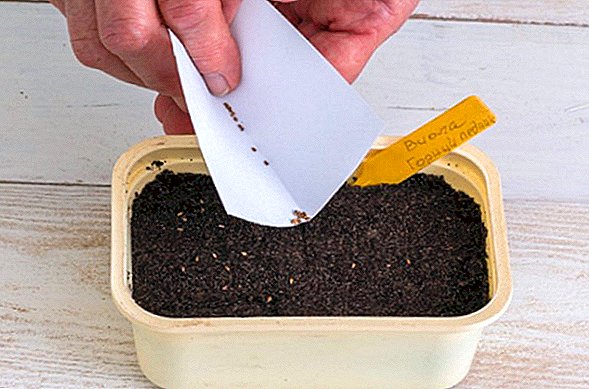
- We cover the box or the pot with the seeds with a film or glass and set it in a warm place - after a week you can look at the result.
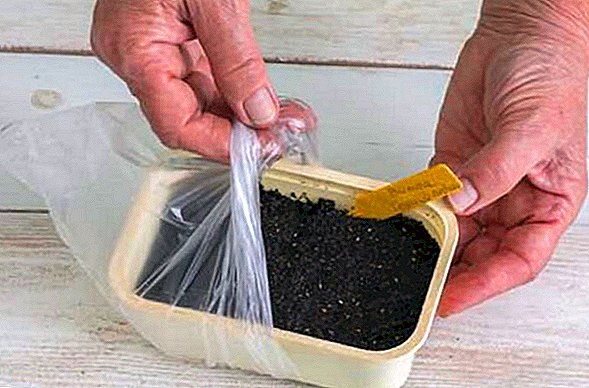
Did you know? The smallest shrub reaches only 5 cm in length and grows in Greenland - it is an arctic willow.
- As soon as the first pair of leaves appears, you can swoop down on the scabiol — planting for a separate seedling in different containers so that they can get more nutrients. Underdeveloped seedlings do not need to replant.
- You can dive with a toothpick - it breaks through the recess near an adult plant and gently poddevyat it, while you need to take the leaves, but not the stem.
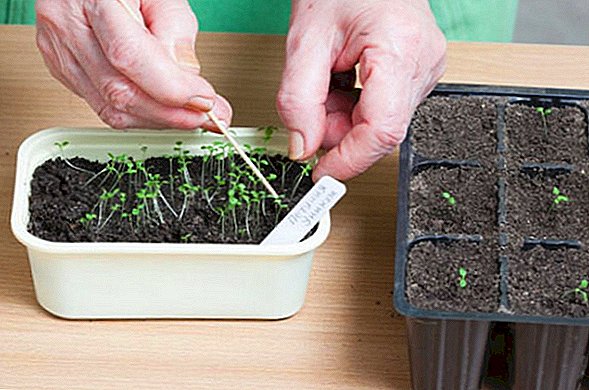
- As it grows, it is better to pinch the next bush - this will help it to quickly form the root system and the main stem.
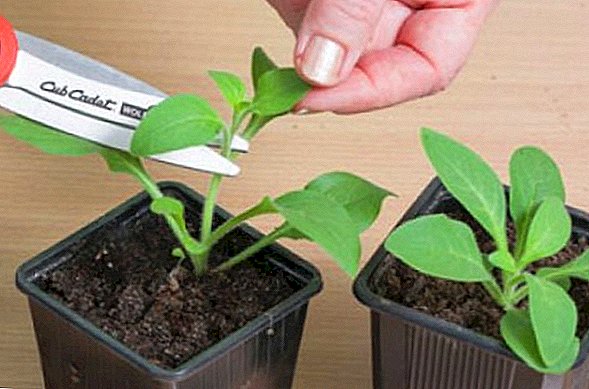
Difficulty growing
When growing stsevola can be faced with such problems:
- a bush can get sick and die;
- if it is wrong to send the plant for the winter, it will not live to next year;
- due to stagnant water in the soil, the root may rot;
- The scabber requires more attention than other plants - you need to constantly cut off dried buds, pinch, monitor the soil moisture;
- constant feeding can hit the wallet - you can avoid this by planting the plant in fertile soil, then you can fertilize a couple of times per season.
On the whole, a scooter is not so problematic, and if you follow the basic rules of care, it will please you with its beauty during the whole warm season without any problems. 
In landscape design
Bushes can be used:
- on terraces and balconies;
- in the form of an ampelous plant suspended in a flowerpot, while hanging stems with flowers will look spectacular;
Such ampelous plants as verbena, begonia, lobelia, fuchsia, calarachoa, surfinia, bacopa, geranium, campanula, nasturtium will also help to create comfort in your home.
- to decorate the garden - massive flowering will create a beautiful composition;
- a pair of bushes can decorate the lawn and at the same time not cause trouble;
- will add any flower composition or will independently decorate the territory;
- for decoration of stairs, slopes;
- for alpine slides.

Diseases and pests
The plant is rarely sick, but there are times when the pests get to the succulent green leaves.
Most often it is:
- aphid - leaves begin to curl, brown bubbles appear on healthy ones, shoots with defects in the form of small bites, the plant slows down in development;
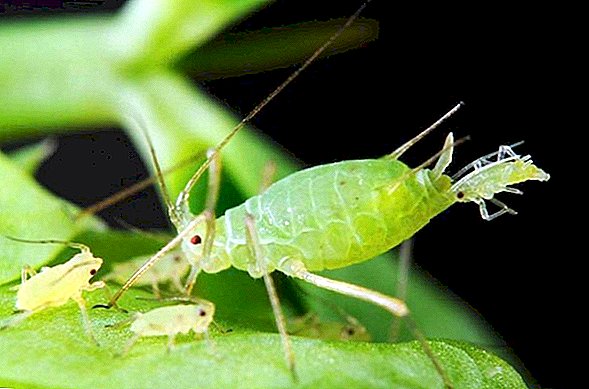
Did you know? There is a technology in which fresh flowers can stand for up to 5 years - they remove moisture, instead they add a solution based on glycerin and solder the flower in a flask, where it will remain in the same form as in the garden for more than one year.
- whitefly - around the shrubs you can see white small moths, holes appear on the leaves, and the insect itself lays there small eggs, from which grayish larvae appear;
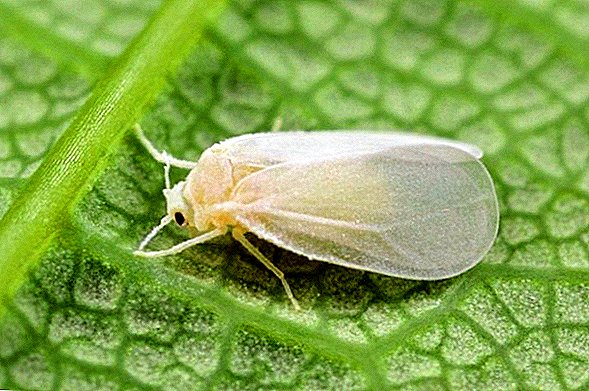
- fungal infections in cuttings - leaves are covered with bloom and the stems begin to rot.
For prevention, it is necessary to spray the bushes with insecticides in early spring (for example, "Aktellik"). You can repeat the procedure once a month. So that during the growth of the scabs, it does not hit the fungus, you can spray the leaves with a solution of "Fundazol" 0.2% (no more than two times per season).
The bushes of the stsevols have small but densely flowering buds. This plant will decorate both a window sill of a house, and a garden. His lush bloom on a widely overgrown bush with proper care will last until the first cold.
Feedback from network users












